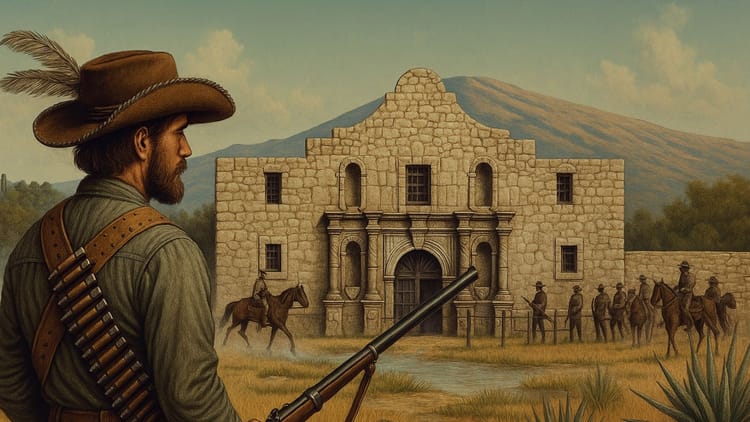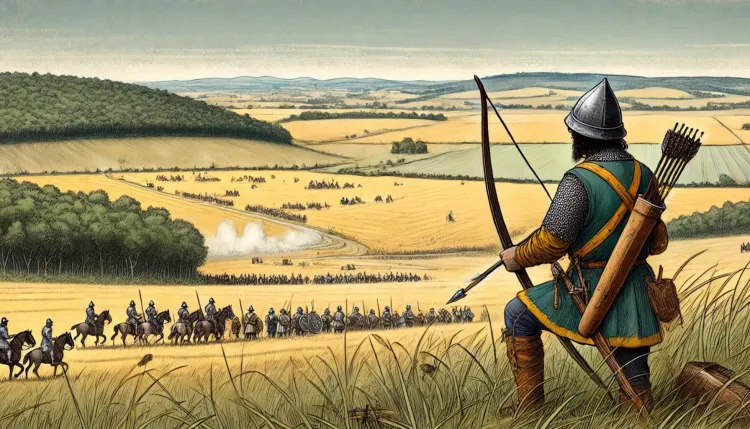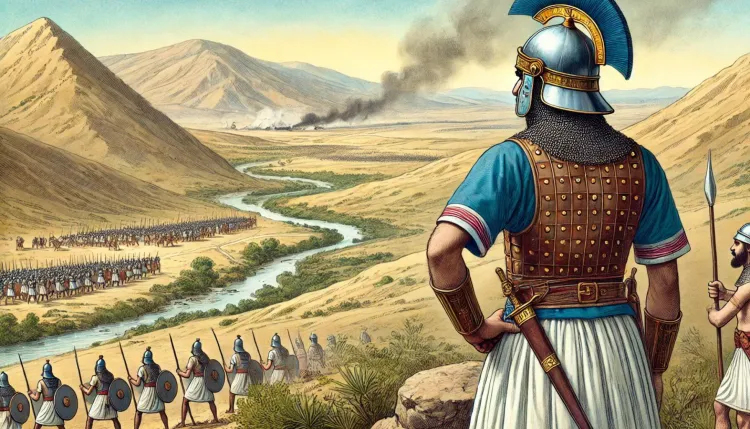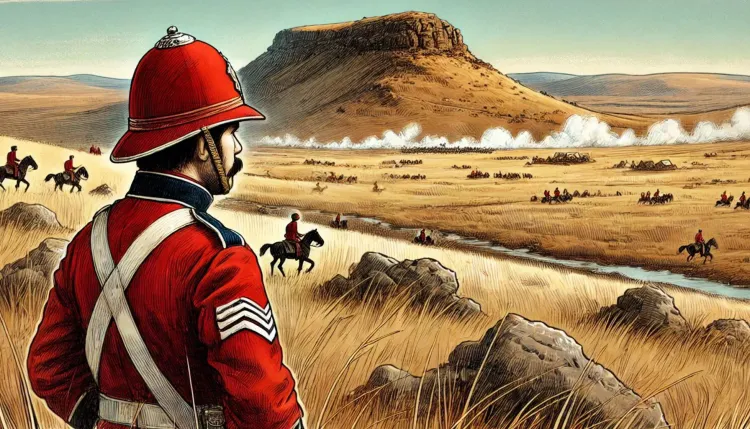Battle of Vienna
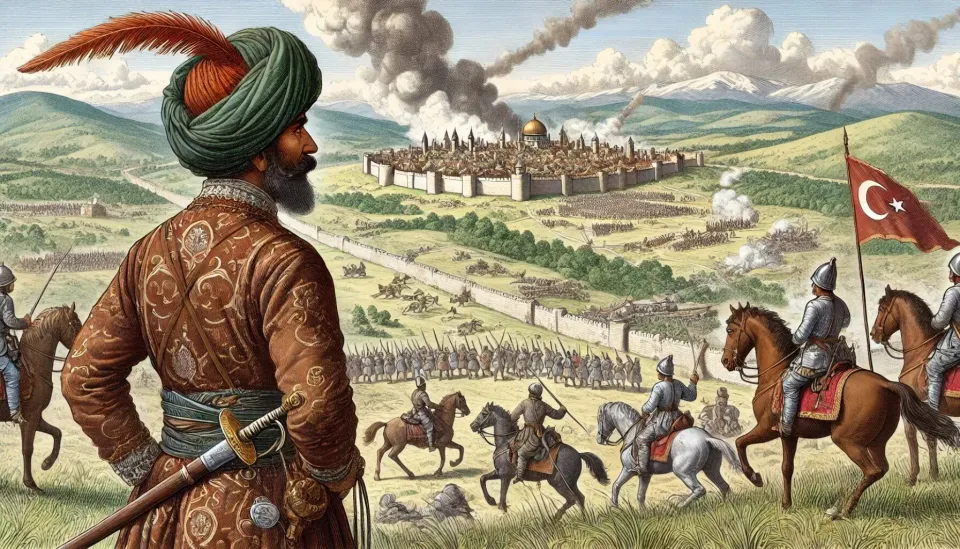
Prelude to Battle
The Battle of Vienna, fought on September 12, 1683, was a monumental confrontation between the Ottoman Empire and a coalition of European forces, marking a crucial turning point in the struggle for dominance in Central Europe. This battle, often considered one of the most significant events in European history, signaled the end of Ottoman expansion into Europe and initiated the long decline of the Ottoman Empire.
The Ottoman Empire, under Sultan Mehmed IV, had been expanding steadily for centuries, and by the late 17th century, its influence stretched from North Africa to Eastern Europe. Under the leadership of Grand Vizier Kara Mustafa, the Ottomans sought to further their conquest by capturing Vienna, the capital of the Habsburg Empire. Vienna was strategically vital as a gateway to Central Europe, and its fall would have opened the way for Ottoman expansion into the heart of Europe.
On the other side, Europe was politically fragmented, with various powers frequently in conflict with one another. However, the Ottoman threat united Christian Europe in a rare moment of cooperation. The Habsburg Empire, under Emperor Leopold I, formed an alliance with the Polish-Lithuanian Commonwealth, led by King John III Sobieski, as well as various German states, most notably Bavaria and Saxony. This alliance, known as the Holy League, was a desperate attempt to repel the advancing Ottoman forces and preserve the balance of power in Europe.
Opposing Forces: The Ottoman Empire
The Ottoman army that besieged Vienna was one of the most powerful military forces of its time. Numbering between 120,000 to 150,000 soldiers, the Ottoman forces consisted of elite infantry units like the Janissaries, renowned for their discipline and battlefield prowess, as well as cavalry, including the feared Sipahi, who were highly skilled horsemen. The Ottoman army also brought with it a formidable array of artillery, which they believed would be key to breaking through Vienna’s defenses.
Kara Mustafa, the Grand Vizier, was an ambitious and determined commander. His objective was to take Vienna and bring the Habsburg Empire to its knees, extending Ottoman control further into Europe. He chose a strategy of laying siege to the city, confident that his massive force and superior artillery would eventually overwhelm the defenders. However, Mustafa’s decision not to destroy Vienna outright but to capture it intact for the empire left the Ottomans vulnerable to a drawn-out conflict.
The Ottoman army faced several challenges, including long supply lines, the unpredictability of European weather, and internal friction between different factions within the army. Nevertheless, morale was high, and the Ottomans had successfully besieged cities in the past, making them confident of victory.
